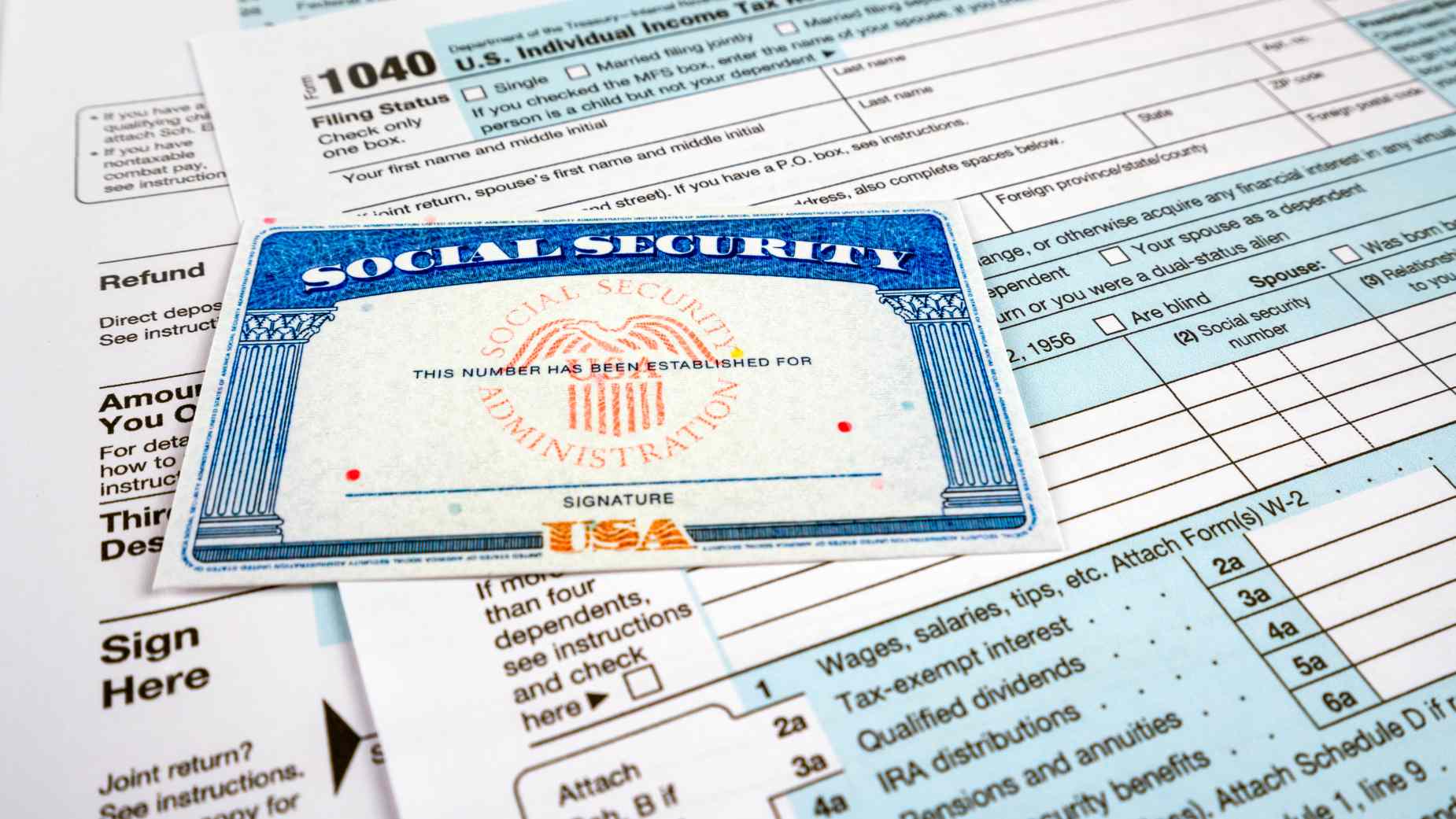Tomorrow is the last day of the February Social Security payment. Additionally, eligible retirees over 70 will benefit from the 3.2% increase in the cost of living adjustment (COLA), as they may get up to $4,873 per month. This amount helps retirees meet the special financial requirements and difficulties that elderly people encounter. and for some retirees, it has turned into a vital source of income.
American citizens eligible for the last Social Security payment in February
To receive the $4,873 maximum retirement benefit, certain qualifying requirements must be met. If you want to receive the maximum benefit, you must begin Social Security paperwork when you turn 70. Waiting until this age increases your payments by 24% as a bonus for claiming benefits after reaching the Full Retirement Age (FRA).
In addition, to be eligible for these more significant benefits, you must have worked in jobs covered by Social Security for at least 35 years and have contributed at least the taxable minimum. The final requirement for getting $4,873 is to pay taxes. If you have not paid taxes to the Social Security Administration, you will be ineligible for any Social Security retirement payments in the United States.
How can you track the last Social Security payment?
There are different methods you can use to track your Social Security payment, such as:
- Create a My Social Security Account: as it offers the most features and flexibility, this option is the recommended method. Once logged in, you can see your benefit payment schedule, which includes both upcoming and past payments.
- Speak with the SSA directly: 1-800-772-1213 is the SSA’s number. Choose the “Speak with a representative” option and provide the reason for your request to know the status of your payment.
- Visit your local Social Security office: although it may not be as convenient, you can physically go to your nearest local office.
Upcoming complete Social Security payment schedule in March
Based on the financial assistance program and birthdate range, the following table shows the Social Security payment schedule for March 2024. Remember that the range of birthdates for each month falls between the specified dates.
| Social Security Financial Programs | Date | Payment date |
| SSI benefits and Retirement (Born before May 1997) | March 1st | Payment always falls on the first of each month. |
| Retirement and SSDI benefits | 2nd Wednesday (March 13th)
3rd Wednesday (March 20th) 4th Wednesday (March 27th) |
Birthdate range: 1st–10th.
Birthdate range: 11th–20th. Birthdate range: 21st–31st. |
To get the complete payment schedule for the year, check the Schedule of Social Security Benefit Payments 2024. If your payment is not received by the scheduled date, please allow an additional three mailing days before contacting Social Security.
Alternatives to social security to help boost your retirement income
According to the summary of the 2023 annual reports from the Social Security and Medicare Boards of Trustees, Social Security has paid out $18 trillion in payments since it was originally founded, giving millions of Americans an income during retirement.
However, the program, which is funded by payroll taxes, is running out of reserves, which may reduce the monthly benefit available to you by the time you stop working or begin to phase out of your career. Fortunately, some retirement options could help you keep your standard of living above Social Security.
- Open an annuity: An annuity provides regular retirement income and is tax-deferred until withdrawal. Withdrawals are subject to surrender charges and ordinary income tax, with a 10% early withdrawal penalty for younger individuals. Retirement income may be lower, allowing for more earnings retention after taxes.
- Maximize your retirement contributions: Contributing to an employer-sponsored 401(k) while working can increase retirement funds, with 2024 limits of up to $23,000 for a 401(k) and $7,000 for traditional and Roth IRAs.
- Reduce your health care costs: Medigap, or Medicare Supplement Insurance, can cover non-Medicaid healthcare costs, requiring premiums and potentially extending saved savings.
